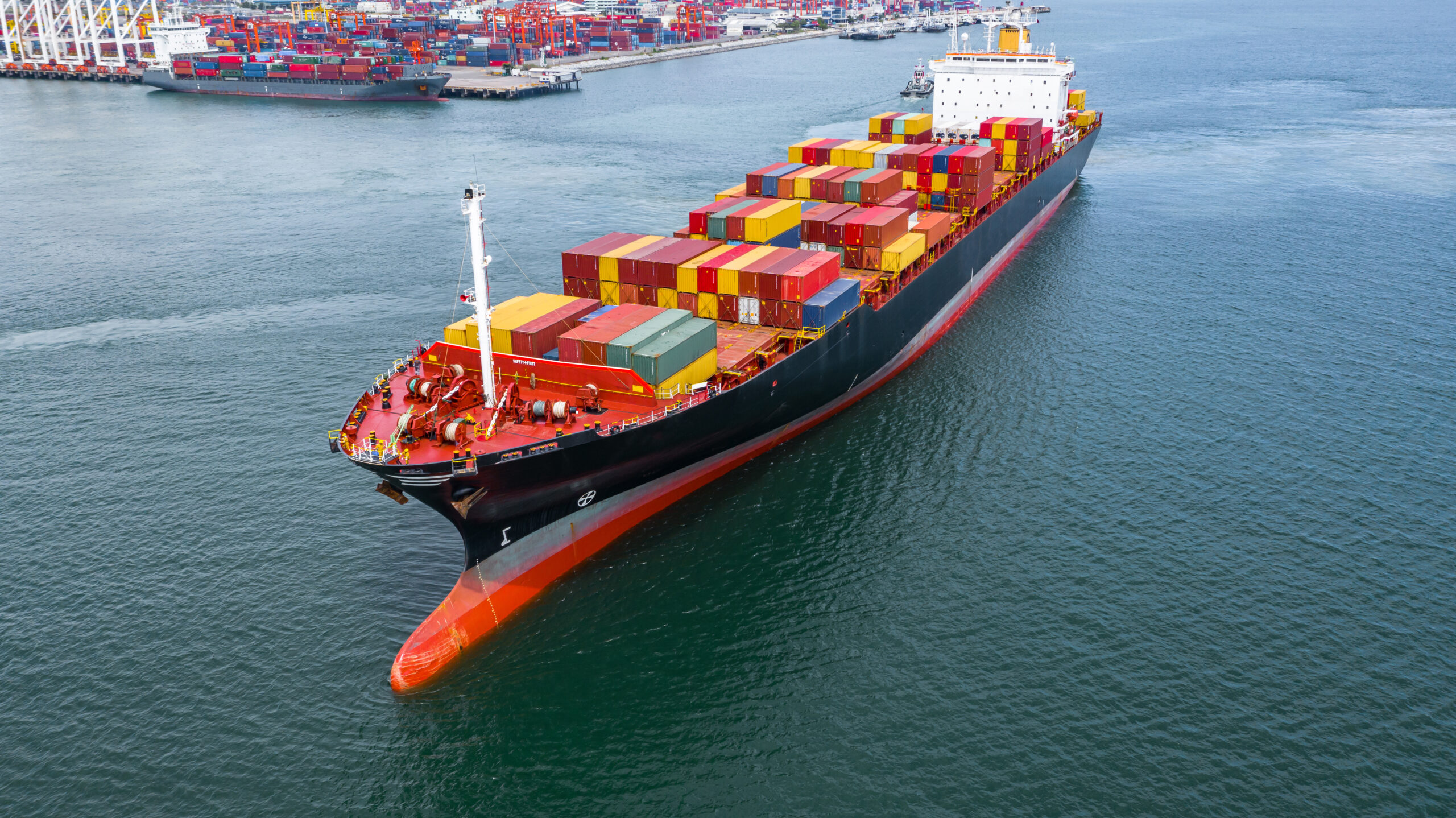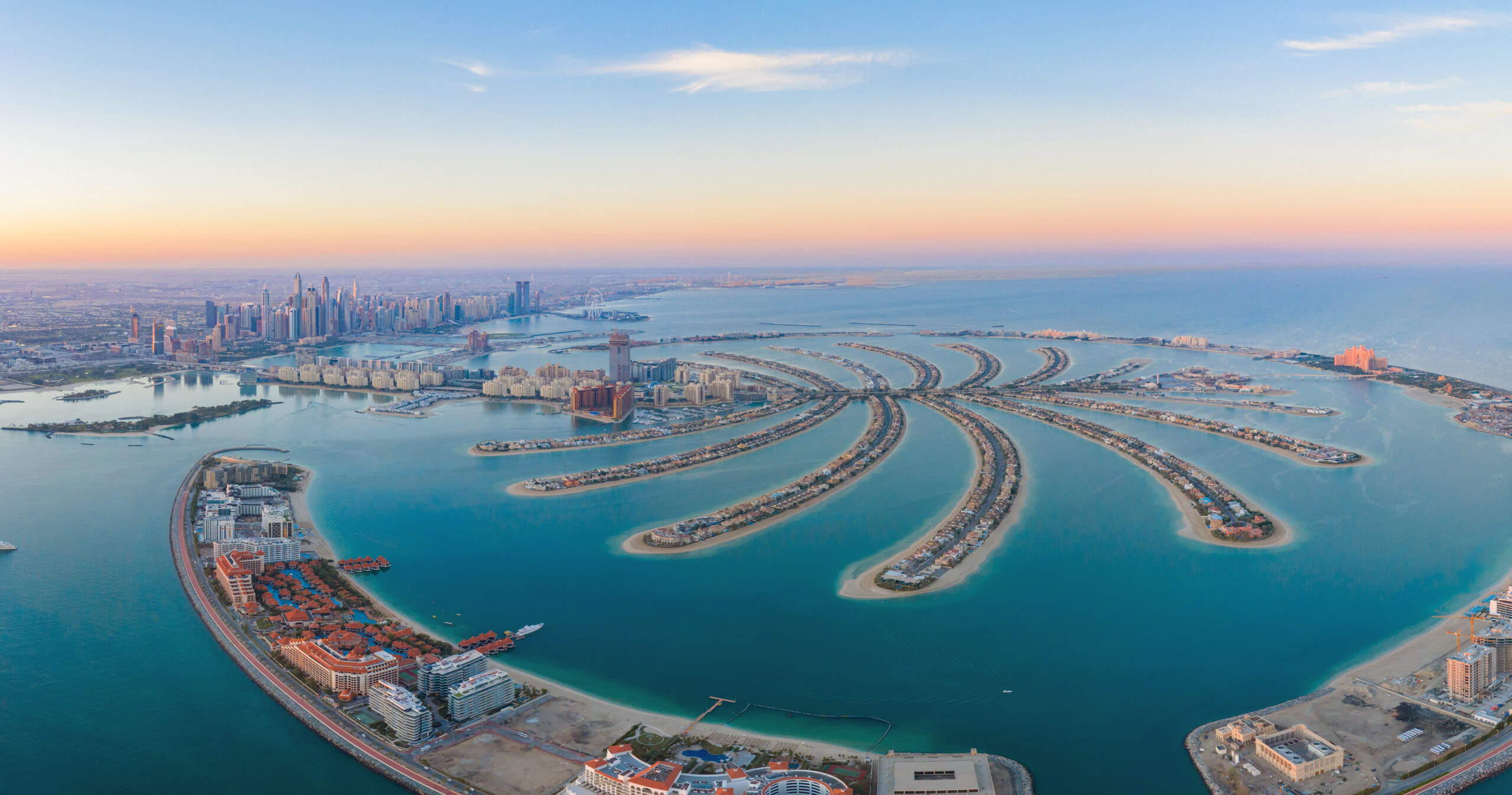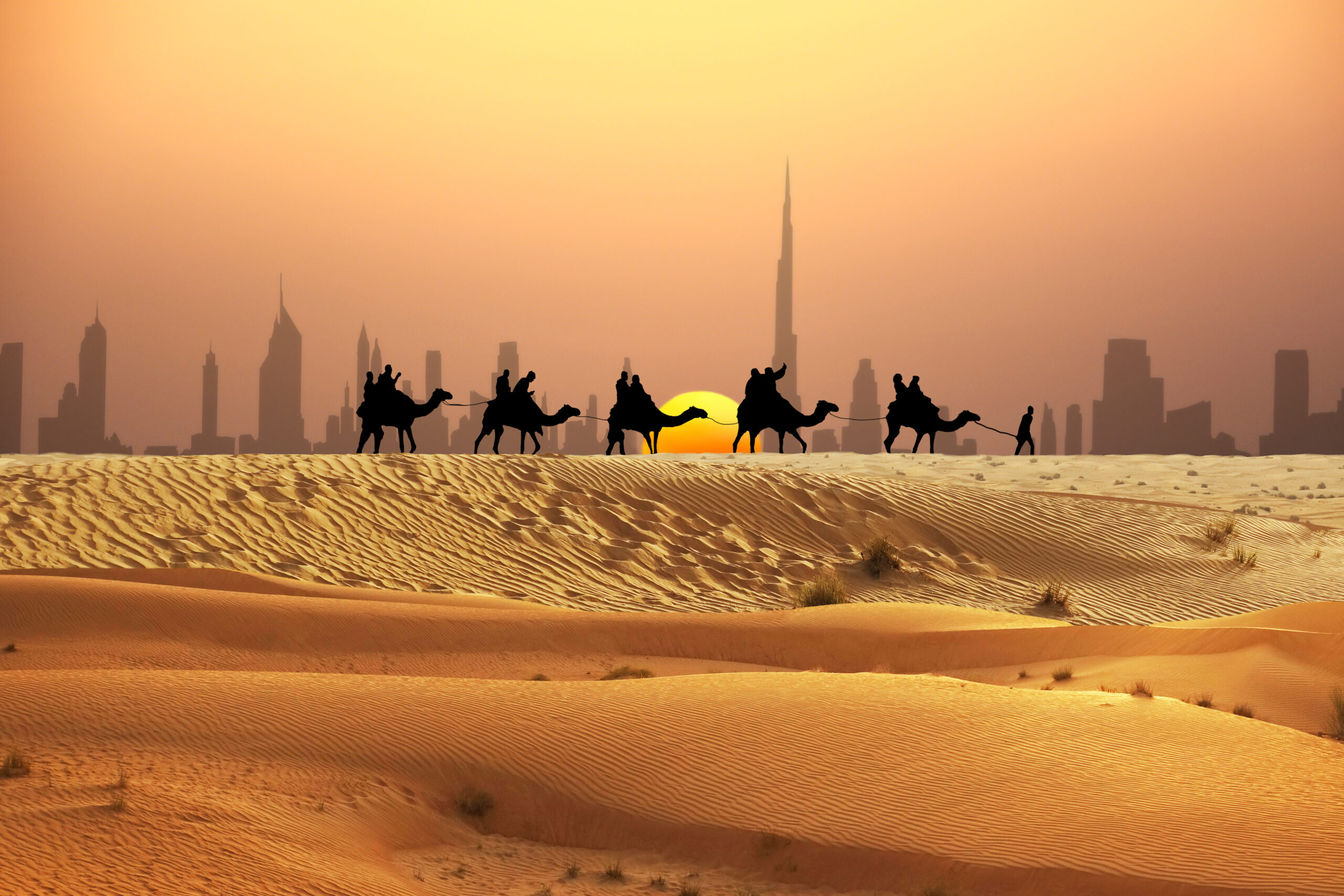From the dawn of civilization, the Middle East has consistently been a cradle of ingenuity and cultural exchange. Picture caravans laden with precious spices and silks traversing vast desert landscapes, forging connections between distant lands. Imagine bustling markets, filled with vibrant colors, intoxicating scents, and a cacophony of languages – all of it, testament to the diverse tapestry woven by traders from far-flung corners of the world. The Middle East’s illustrious history unfolds like a grand saga, with each chapter revealing the influence of empires and the ebb and flow of power. From the ancient Silk Road that connected the East and the West, to the bustling bazaars of Persia, this region has witnessed the rise and fall of mighty civilizations and the exchange of ideas and commodities for millennia. As empires shifted and borders transformed, the Middle East adapted, reinventing itself time and again. It was during the Islamic Golden Age that the region blossomed as a beacon of knowledge, with scholars, scientists, and merchants converging in cities like Baghdad, Damascus, and Cairo. The spirit of entrepreneurship flourished, spurring advancements in science, medicine, and the arts.
Today, the legacy of trade and travel endures, interwoven with the fabric of modern-day Middle Eastern society. Dynamic metropolises such as Dubai, Doha, and Riyadh have emerged as global hubs of commerce and innovation, drawing in international investors and entrepreneurs. Free trade zones and visionary leadership have transformed the landscape, while a vibrant startup culture fuels the entrepreneurial spirit.
Join us as we unravel the intricate threads of trade and travel that have shaped the Middle East’s rich tapestry of history, as we uncover the remarkable connections that continue to empower the region’s modern-day scope of business.
Woven in Antiquity
Human ingenuity and innovation stemming from the Middle East have been recognized and celebrated throughout history.
Considering its climate and natural landscape, it isn’t tough to imagine the arduous yet remarkable endeavor that travel in the Middle East during ancient times was. Caravans were the lifeblood of commerce, covering vast distances across harsh deserts and rugged terrains. Camels, the ‘ships of the desert’, were indispensable companions. The caravan routes, such as the famed Silk Road and the Incense Route, became popular channels for cultural exchange, connecting civilizations and facilitating the flow of goods. On these long journeys, sustenance for travellers was a crucial consideration. They relied on various methods to manage meals. Provisions like dried fruits, nuts, and preserved meats, ensured a steady supply of nourishment and along the way, oases and caravanserais provided respite, offering shelter, rest, and the opportunity to replenish supplies. These rest stops also fostered cultural exchange, as travelers from diverse backgrounds converged – sharing stories, customs, and goods.
The Middle Eastern climate, known for its scorching heat, necessitated innovative ways to keep cool. Ancient travelers employed techniques such as wearing lightweight and loose-fitting clothing and using head coverings and veils to shield themselves from the sun’s intensity.

The Persian Empire, with its vast territories stretching from the Mediterranean to India, established a powerful dominion that shaped the region’s trade networks
In the realm of trade, the Middle East became a global hub, exporting a long list of goods that fueled economic prosperity. Exotic spices such as cinnamon, cardamom, and pepper were highly sought after, as were precious gems, silks, and textiles. The region’s artisans crafted intricate ceramics, exquisite metalwork, and ornate jewelry, showcasing their exceptional craftsmanship to the world. And let’s not forget the Middle East’s most prized export – Arabian horses. Renowned for their grace, strength, and endurance, these majestic animals became prized possessions in faraway lands. Payments during this era were as diverse as the goods being traded. While bartering was a common method, especially in local markets, various forms of currency emerged. Coins minted by different empires – such as the Persian darics, Greek drachmas, and Roman denarii – facilitated transactions across borders. Precious metals like gold and silver were also used as mediums of exchange, their intrinsic value transcending language and cultural barriers.
The Middle East’s historical significance lies not only in its role as a bridge between civilizations but also in its ability to adapt, innovate, and overcome the challenges posed by trade and travel. It is through these endeavors that the region’s entrepreneurial spirit took root, laying the foundation for the thriving modern-day landscape we see today.
A Shifting Landscape
With the rise and fall of empires, the Middle East witnessed a dynamic interplay of power, trade routes, and cultural exchange. Each period brought new opportunities, challenges, and transformative shifts that left an indelible mark on the region’s history. The Middle East became a coveted prize for conquerors, drawn by its strategic location at the crossroads of three continents. The Persian Empire, with its vast territories stretching from the Mediterranean to India, established a powerful dominion that shaped the region’s trade networks. Its capital, Persepolis, bustled with merchants from far-flung corners of the world, exchanging goods and ideas.
Following the Persian Empire, the conquest, led by Alexander the Great, ushered in a new era of cultural fusion. Greek influence diffused through the region, bringing with it a thirst for knowledge, new philosophies, and a love for the arts. The resulting kingdoms, such as the Seleucids and the Ptolemies, further facilitated trade and cultural exchange, fostering a climate of innovation and entrepreneurship.
With the rise of the Roman Empire, the Middle East became an integral part of a vast network that extended from the British Isles to the banks of the Nile. Roman roads crossed through the region, connecting cities, and facilitating the movement of goods and people. The Roman port of Palmyra, situated in present-day Syria, emerged as a thriving trade hub, bridging the gap between the Mediterranean and the East. Luxury goods, including silk, spices, and precious metals, flowed through this bustling center of commerce.

The Roman port of Palmyra, situated in present-day Syria, emerged as a thriving trade hub, bridging the gap between the Mediterranean
The arrival of Islam in the 7th century marked a transformative moment in the region’s history. Under the caliphates, including the Umayyads and the Abbasids, the Middle East experienced an Islamic Golden Age. Scholars, scientists, and merchants thrived, contributing to advancements in fields such as mathematics, astronomy, medicine, and navigation. The Arab traders, venturing to distant lands, spread Islamic culture, and established prosperous trade routes that stretched from Spain to China. The bustling markets of Baghdad, Damascus, and Cairo became vibrant centres of intellectual exchange and commercial activity.
As empires waxed and waned, the Middle East continued to adapt and reinvent itself. The Crusades, a series of military expeditions launched by European powers, aimed to secure control over the region’s lucrative trade routes and access to valuable resources. Although the Crusaders’ efforts were ultimately unsuccessful, the encounters between East and West left lasting impressions on both sides, shaping future trade dynamics and encouraging cultural intermingling. The Middle East’s history of empires and influence stands as a testament to its resilience and adaptability. From ancient crossroads to cultural melting pots, the region’s legacy of trade and travel continues to inspire and shape modern-day entrepreneurship. The evolving tapestry of the Middle East, unveils threads that connect the past with the present, shedding light on the remarkable transformations that have paved the way for the dynamic business landscape flourishing today.
A Tapestry Reimagined
Today, the Middle East stands as a testament to the enduring legacy of trade and travel, as the region’s rich history has paved the way for a vibrant and thriving entrepreneurial ecosystem. From bustling metropolises to visionary initiatives, the Middle East has embraced modernity while never forgetting to honour its ancient roots.
Dynamic cities like Dubai and Abu Dhabi have undergone remarkable transformations, emerging as global beacons of commerce, innovation, and luxury. These metropolises have become magnets for international investors and ambitious entrepreneurs seeking to capitalize on the region’s strategic location and favourable business environment. Boasting state-of-the-art infrastructure, free trade zones, and investor-friendly policies, the Middle East has successfully positioned itself as a launchpad for ventures, both big and small. The region’s commitment to diversifying its economic landscape has played a pivotal role in fostering entrepreneurship. While oil has traditionally been a key driver of the Middle East’s economies, there has been a concerted effort to reduce dependence on finite resources and stimulate innovation across various sectors.
Governments have played a major role in implementing forward-thinking strategies that prioritize technology, tourism, renewable energy, and knowledge-based industries. This shift has created a conducive environment for startups and encouraged the development of a culture of innovation and risk-taking.
The Middle East’s entrepreneurs are pioneers, venturing into uncharted territories and breaking new ground. They have embraced cutting-edge technologies, such as artificial intelligence, blockchain, and e-commerce, to drive disruption and revolutionize industries. Startups in sectors ranging from fintech and health tech to renewable energy and e-commerce are injecting vitality and dynamism into the region’s economy. These entrepreneurial endeavours have not only created jobs, but have also attracted global attention, positioning the Middle East as a hotbed of innovation and entrepreneurial prowess.

The Middle East’s entrepreneurial tapestry is one of adaptability, innovation, and the indomitable spirit that defines the region’s journey towards prosperity and success
Luxury hospitality and tourism have been instrumental in shaping the modern Middle Eastern landscape. The region’s commitment to creating world-class infrastructure, coupled with a deep appreciation for hospitality and luxury, has resulted in the development of iconic hotels, resorts, and entertainment venues. The Middle East has become a sought-after destination for travellers seeking unparalleled experiences and extravagant indulgence, with a thriving tourism industry that attracts visitors from all corners of the globe.
The Middle East’s success as a global entrepreneurial hub would not be possible without the collaborative efforts of visionary leaders, who have championed a spirit of enterprise and created an ecosystem conducive to business growth. Governments have established innovation centres, incubators, and accelerator programmes, providing resources, mentorship, and funding to nurture startups and catalyse their development.
As we witness the culmination of centuries of trade and travel in the Middle East, it becomes evident that the region’s trade history and entrepreneurial present are intrinsically linked. The legacy of cross-cultural exchange, resilience, and adaptability continues to shape the region’s trajectory, empowering a new generation of business leaders to build upon the foundations laid by their predecessors. The Middle East’s rich tapestry of trade and travel is now interwoven with the threads of modern-day entrepreneurship, creating a vibrant and diverse business landscape that thrives on innovation, opportunity, and boundless possibility.

History’s meeting point
The Middle East’s remarkable journey through time, with its rich tapestry of trade, travel, and entrepreneurship, showcases a region that honors its past while forging a dynamic future. From ancient crossroads to modern metropolises, the Middle East has harnessed its cultural heritage, strategic location, and visionary leadership to become a thriving hub of innovation and opportunity.
Today, the Middle East is a model of entrepreneurial spirit, where startups and established businesses alike flourish across diverse sectors. Embracing cutting-edge technologies, fostering a culture of collaboration, and diversifying economies, the region has become a global force in entrepreneurship. Visionary leaders have spearheaded initiatives, creating an ecosystem that supports and nurtures the ambitions of aspiring entrepreneurs.
As the Middle East continues to navigate the challenges and seize the opportunities of the 21st century, it does so with the wisdom and resilience derived from its history. By embracing the legacy of trade and travel, the region fuels its entrepreneurial flame, propelling it towards a future of limitless possibilities. The Middle East’s entrepreneurial tapestry is one of adaptability, innovation, and the indomitable spirit that defines the region’s journey towards prosperity and success.


